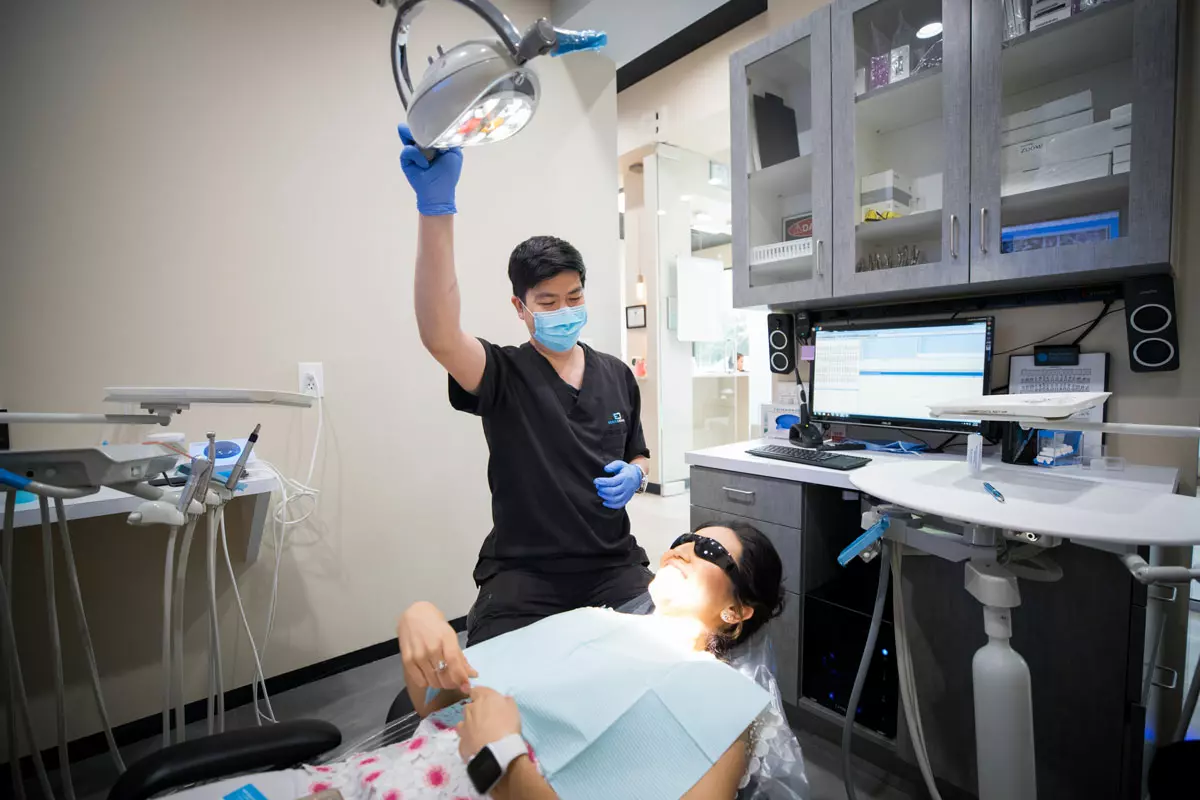How is Bruxism Diagnosed by a Healthcare Professional?
Bruxism, a condition characterized by the grinding or clenching of teeth, is more common than one might think. While many people may experience occasional teeth grinding, chronic bruxism can lead to various dental and health issues. If you're in Houston and suspect that you or a loved one might be suffering from bruxism, it's crucial to understand how this condition is diagnosed and the treatment options available from dentists in Houston.
The Diagnostic Process
Consultation and Medical History
When you approach a dentist in Houston with concerns about bruxism, the diagnostic process typically begins with a comprehensive consultation. During this initial visit, the dentist will inquire about your medical history, including any dental issues you've experienced, past dental treatments, and any relevant family history. It's essential to be honest and thorough in your responses, as this information can provide valuable insights into your condition.

Clinical Examination
A detailed clinical examination is the next step in diagnosing bruxism. The dentist will carefully inspect your oral cavity, paying close attention to your teeth, gums, and jaw. They will be looking for signs of teeth grinding, which may include:
- Excessive tooth wear: Bruxism often results in the flattening or chipping of teeth, particularly the molars and premolars.
- Hypersensitivity: Grinding can expose the sensitive inner layers of teeth, leading to discomfort or pain.
- Jaw pain or discomfort: Continuous clenching and grinding can lead to soreness and discomfort in the jaw area.
- Enlarged jaw muscles: The constant pressure of grinding can cause the muscles in your jaw to become more pronounced.
Imaging and X-Rays
To get a more in-depth look at the extent of the damage, the dentist may recommend dental X-rays or other imaging techniques. These images can reveal hidden issues and help the dentist determine the best course of treatment.
Bite Assessment
In some cases, bruxism can be linked to an improper bite or misaligned teeth. The dentist will assess your bite to see if there are any issues that need to be addressed alongside bruxism treatment. They may also look for signs of temporomandibular joint disorder (TMJ), which can be related to bruxism.
Treatment Options
Mouthguards or Splints
One of the most common treatments for bruxism is the use of mouthguards or splints. These custom-made oral appliances are designed to be worn while sleeping, creating a protective barrier between the upper and lower teeth. The mouthguard absorbs the force of grinding, preventing further damage to your teeth and reducing the associated symptoms like jaw pain.

Lifestyle and Behavioral Changes
Your dentist may recommend certain lifestyle changes to help manage bruxism effectively. These can include:
- Stress management techniques: Stress and anxiety are often linked to bruxism. Learning stress-reduction methods, such as relaxation exercises or therapy, can be beneficial.
- Avoiding stimulating substances: Reducing or eliminating the consumption of caffeine and alcohol, especially in the evening, can help reduce bruxism episodes.
Dental Correction
In some cases, dental correction may be necessary. If misaligned teeth or an improper bite are contributing to your bruxism, your dentist may recommend orthodontic treatment or dental restorations to address these issues.
Medications
While not the first line of treatment, dentists may prescribe muscle relaxants or medications to help alleviate the pain and muscle tension associated with bruxism. These medications are usually reserved for severe cases or when other treatments have proven ineffective.
Dental Therapy
For individuals who have developed severe dental issues due to bruxism, dental therapy may be required. This can involve restorative procedures, such as crowns, fillings, or dental implants, to repair or replace damaged teeth.
Choosing the Right Dentist in Houston
Finding the right dentist to diagnose and treat your bruxism is crucial for successful management of the condition. Here are some factors to consider when choosing a dentist in Houston:
- Expertise: Look for a dentist with experience in treating bruxism and related dental issues.
- Reputation: Read reviews and ask for recommendations from friends or family to find a dentist with a strong track record of patient satisfaction.
- Accessibility: Choose a dentist whose location and office hours are convenient for you, making it easier to attend follow-up appointments.
- Communication: Opt for a dentist who takes the time to explain the diagnosis and treatment options in a way that you can understand, and who listens to your concerns.
- Cost and Insurance: Understand the cost of treatment and check whether the dentist accepts your dental insurance, if you have it.
Bruxism is a treatable condition, and with the help of a skilled dentist in Houston, you can regain your oral health and well-being. By following the diagnostic process and exploring the available treatment options, you can take the first steps towards relief and a healthier smile. Don't hesitate to seek professional help if you suspect you may be dealing with bruxism, as early intervention can prevent further damage and discomfort.
Comments
Post a Comment